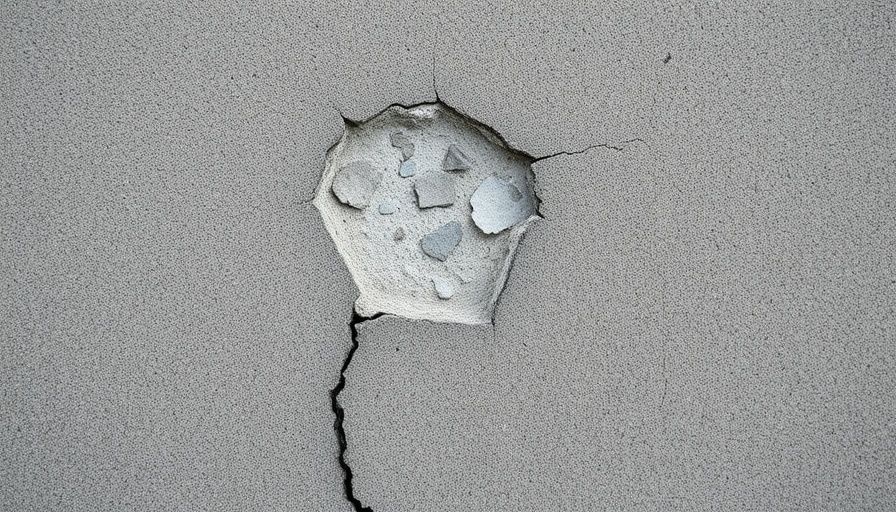
Introduction: The Beauty of Gallery Walls
There's something uniquely enriching about transforming your home into a canvas of your own experiences, memories, and artistry. A gallery wall can serve not only as a visual centerpiece but as a narrative of who you are and what you love. Whether it's showcasing family photos or curated art pieces, creating a gallery wall allows you to express your creativity and add depth to your space.
Understanding the Charm of Gallery Walls
Gallery walls are not merely aesthetic; they represent a personal collection that tells a story. They can become conversation starters, encapsulating journeys, relationships, and inspirations. As noted in With Character, personal items like family photos or mementos from travels can give life to your gallery wall, making it more than just a display of art. The idea is to make it "personal," bringing together various elements that resonate with you and your home. The greatest part? There’s no formula; each wall can and should reflect its creator's individuality.
Selecting Art: Finding Your Theme and Style
The first step to a successful gallery wall is selecting the right pieces. Consider color palette, size, and style. Repeat colors across different pieces to create cohesion. For instance, if you favor ocean blues, find art and photos that incorporate that color scheme alongside warmer hues that evoke feelings of comfort or nostalgia. Mixing various art styles—photography, abstract art, textiles—can also lend a wall dimension and intrigue, transforming it into a multidimensional experience.
Planning the Layout: From Concept to Reality
Before you start hammering nails into your wall, it’s crucial to have a solid plan. A variety of methods can be employed to layout your gallery wall without committing to permanent installations. One practical approach is to create a layout template by tracing your frames on paper and taping them up on the wall, as suggested in Studio DIY. This eliminates the guesswork and minimizes the countless holes in your walls that mistakenly adorn poorly hung frames. If you prefer to take a hands-on approach, consider laying the pieces out on the floor first to visualize how they relate to one another.
Mixing and Matching: Achieving Balance and Harmony
To create a visually appealing gallery wall, mix frame shapes, sizes, and styles. A pleasing balance doesn’t mean every piece should be perfectly spaced; a bit of variation in the spacing can create an organic flow. The inclusion of non-framed pieces—like woven baskets or ceramic wall hangings—can break up the symmetry and introduce unique textures.
How to Hang: Practical Steps to Success
Once you have your art selected and laid out, it's time to hang! Begin with your largest piece, placing it slightly off to one side instead of dead center. This sets an anchor for the rest of the layout. Each subsequent piece should be hung in relation to the others, rather than jumping from one side of the wall to another.
For renters wary of making holes, command strips can hold lighter frames with ease. This modern approach allows you to explore new looks without worrying about damage when it's time to move.
Gallery Wall Ideas to Inspire You
Consider eclectic approaches such as:
- Family Heritage Theme: Include generational photos, heirloom artifacts, or traditional patterns that tie back to your ancestry.
- Travel Memories: Display pieces collected from travels—maps, postcards, and personal photography—to create a wall that reflects your life’s journey.
- Seasonal Rotations: Change out art depending on the season or holiday for a dynamic, fresh perspective on your wall.
Common Mistakes to Avoid
Avoid making the mistake of overcrowding the wall with frames or miscalculating your spacing. A gallery wall should have breathing room to allow each piece to resonate. Too much symmetry can also create a static look, so embrace a varied arrangement to keep viewers' eyes dancing across the collection.
Conclusion: Let Your Walls Speak
Crafting a gallery wall is not just about filling space; it’s about telling your story. Each piece holds meaning, connecting your memories into a vibrant tapestry of life. So whether you're a creative soul on St. Simons Island or simply someone wishing to elevate their home space, let your gallery wall reflect your character, experiences, and artistic spirit. Elevate your interiors and start collecting pieces that inspire you!
Feeling inspired? Gather your favorite art and start planning your gallery wall today!
 Add Row
Add Row  Add
Add 




Write A Comment